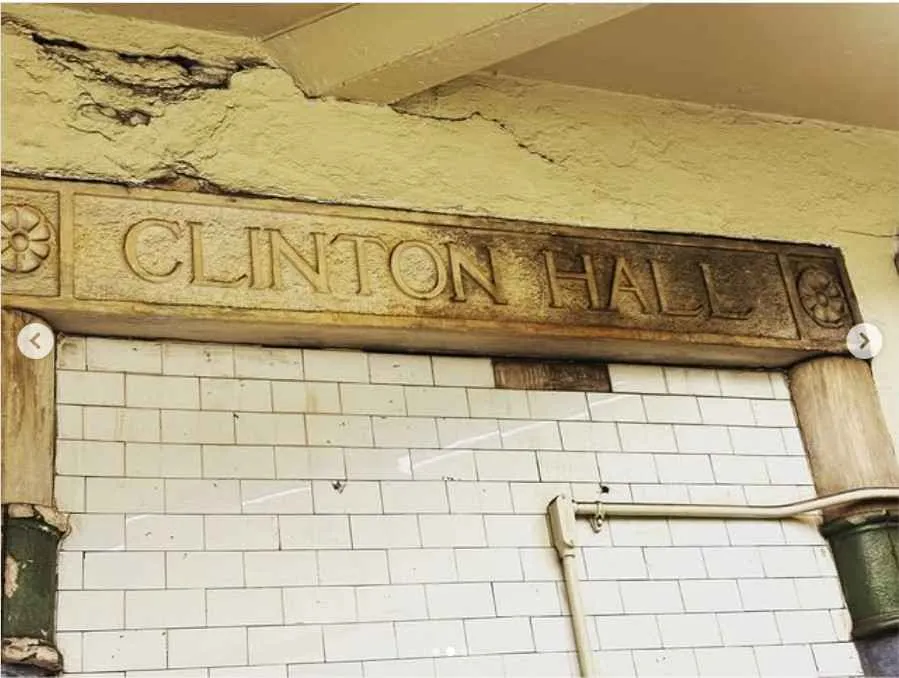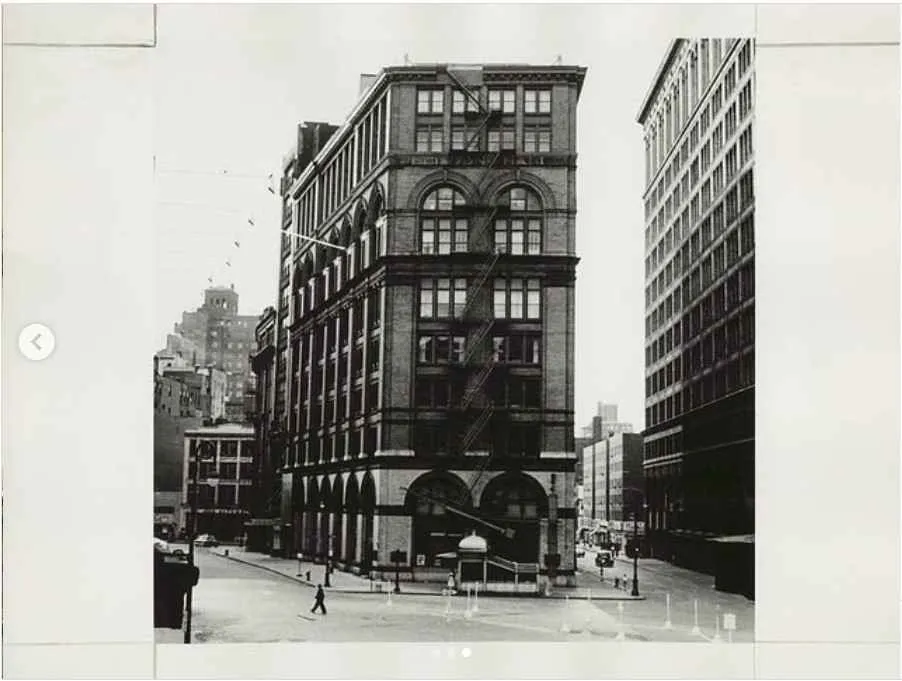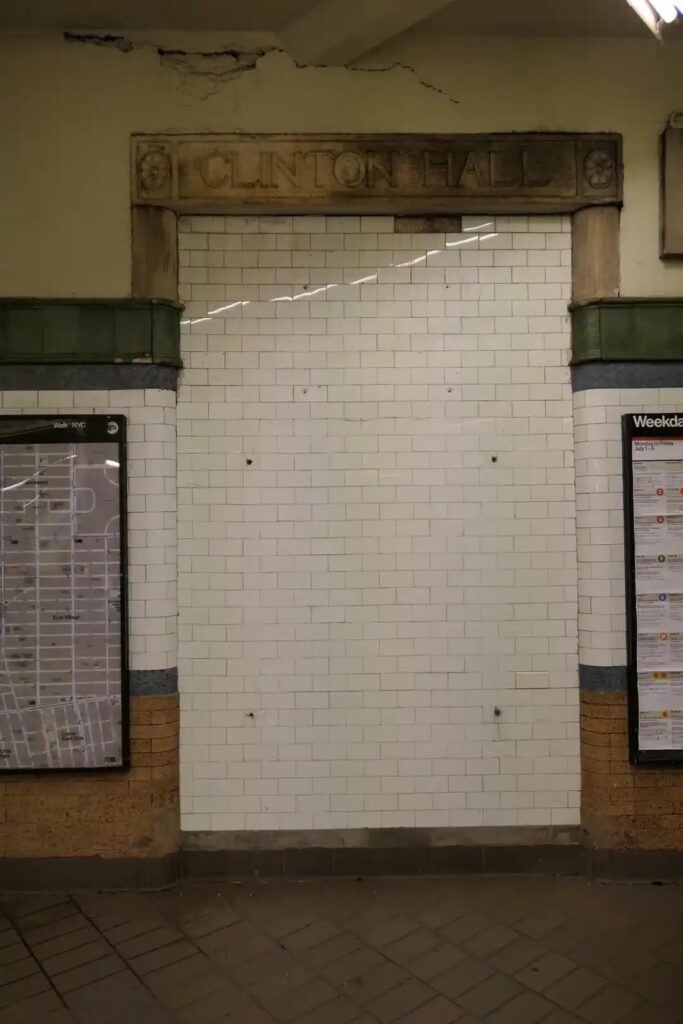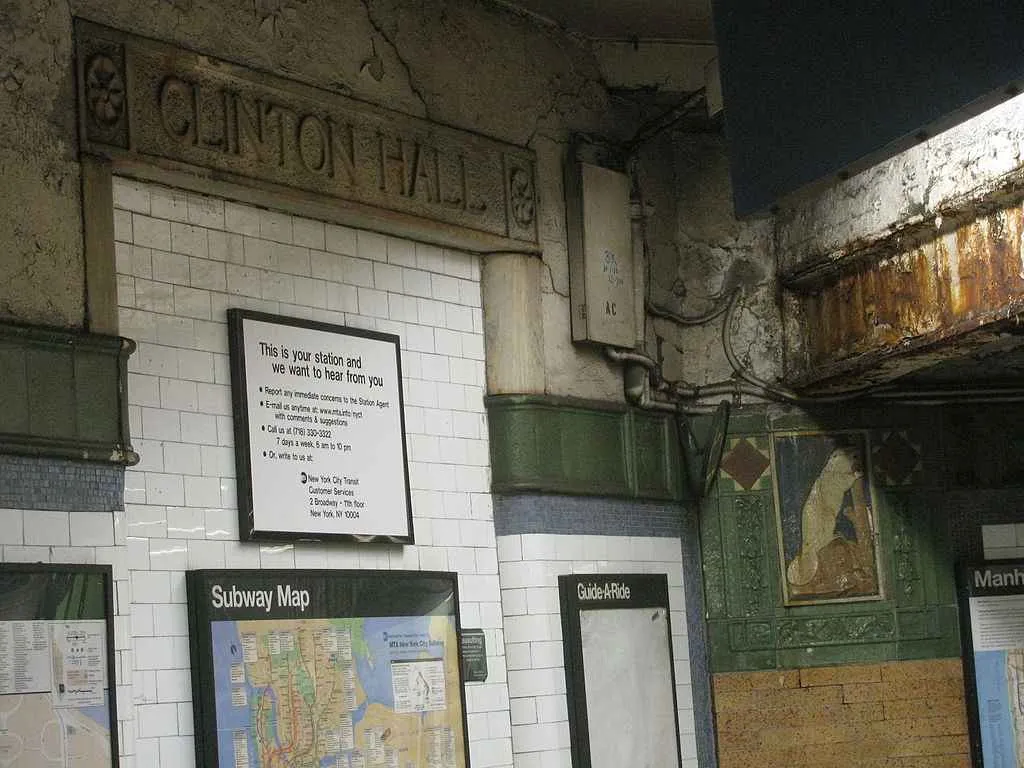If you’ve ever taken the downtown 6 train at the Astor Place subway station, you might have noticed a peculiar walled-off entrance with the words Clinton Hall written at the top. This entrance is known as The Forgotten Clinton Hall Subway Entrance, a piece of New York’s rich and often overlooked history.
A Storied Beginning at Astor Place
On November 22, 1847, the Astor Opera House opened its doors at this very location on Lafayette Street, nestled between Astor Place and 8th Street. Designed as a lavish opera house, it catered to the upper-class art patrons of New York City. The opera house, with its grand performances, was meant to be a cultural jewel of the city. However, just two years later, in 1849, the Astor Place Riot occurred, leading to the opera house’s closure.
Clinton Hall Takes Over
In May of 1854, the building was repurposed, and the New York Mercantile Library took over the space, renaming it Clinton Hall. The library became a cultural hub, offering public lectures and classes. Prominent figures such as Frederick Douglass and Mark Twain spoke there, contributing to its reputation as a center of intellectual activity.
At the time, the library held one of the largest book collections in the United States, and in 1891, the library demolished the old opera house to make way for a new 11-story building. Despite the changes, the building retained the name Clinton Hall, marking a deep connection to its roots.
A Subway Entrance for Clinton Hall
In 1904, the Astor Place subway station opened as one of the original subway stations in New York City, and Clinton Hall had its very own dedicated subway entrance. This entrance, now bricked up, served as a convenient passage for visitors coming to the library, further cementing the building’s connection to the New York transit system.

The Transition and Decline
The library eventually moved uptown in 1932, and around the 1940s, the subway entrance was bricked up, effectively sealing off this historical access point. The building would go through several transitions, housing different entities until it was eventually converted into condos in the early 2000s.
Everything ends up a in a Starbucks
Today, the old Clinton Hall entrance still stands, with the original signage still intact. Though the entrance is no longer in use, it serves as a quiet reminder of a bygone era in New York City’s cultural history. If the entrance were to be opened today, it would lead straight into a Starbucks, a stark contrast to the library and cultural lectures that once took place in the same space.




